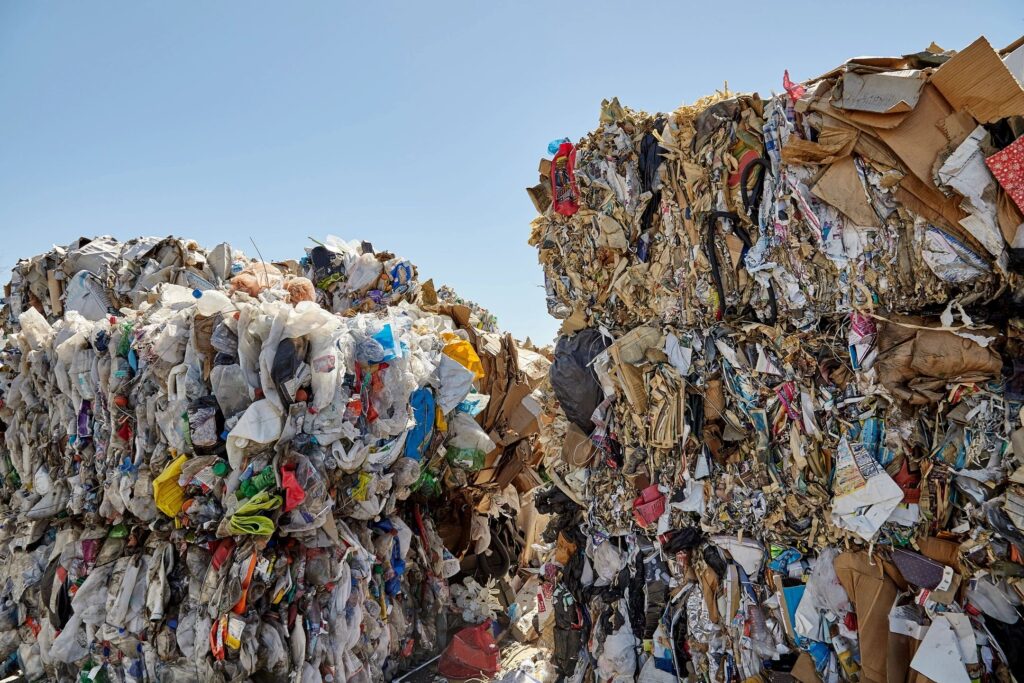Meigs Health Today: Waste Management in Meigs County


Meigs Health Today: Waste Management in Meigs County
By Steve Swatzel
Waste is a general term given for all garbage, trash, rubbish, or refuse. Either at home or at work we generate a lot of waste. According to the US EPA, every citizen generates an average of almost five pounds of trash per day. Can you imagine the public health crisis if there was no plan for waste management?Knowing the importance of it all, the Ohio General Assembly modernized the solid waste regulations in 1988. Their legislation created a comprehensive waste management planning process. The goals of the new legislation were to reduce the amount of waste generated and dispose of, to ensure the existing landfills have the capacity to operate into the future, and to reduce Ohio’s overall dependence on landfills. Also, every county in Ohio was required to create or be a part of a solid waste management district and to develop a solid wastemanagement plan to meet the goals of the legislation. In 1993 the Gallia, Jackson, Meigs and Vinton County Solid Waste District (GJMV) was formed along with adoption of a multi-county management plan. Data from the GJMV show an average of more than 80,000 tons of waste is generated each year from the district.
The solid waste district plan directs and monitors waste disposalthrough a combination of privately owned or managed landfills, recycling programs and facilities, and transfer stations. Within our solid waste district there are two landfills. The Gallia County Sanitary Landfill located near Bidwell in Gallia County receives roughly 7% of all the solid waste from the district. The Beech Hollow Sanitary Landfill located near Wellston in Jackson County receives about 82% of our waste. The Meigs County Transfer Station located near the Meigs County Fairgrounds receives about 8% of waste from the district. Recycling programs and facilities are directed by the GJMV through a contracted waste collection company. The program consists of multiple drop-off locations for recyclable materials in each of the counties in the district. The cities of Jackson and Gallipolis offer curb-side recycling. These recyclable materials are transported to a material recovery facility in Dayton, Columbus or Chillicothe for sorting and processing. The recycling programs assist in reducing waste flow to landfills. Ohio’s statewide goal is to reduce or recycle at least 25% of all the solid waste generated. The GJMV district has managed to only achieve about 12% in comparison to the states goal.
Funding for the GJMV district comes from fees collected at the point of disposal. These funds are redirected into the recycling programs, educational campaigns on recycling and on best practices for waste management, local health department’s solid waste inspection programs, and local sheriff department’s litter enforcement. The Meigs County Commissioners utilized the sheriff’s funding to operate a litter collection program that has picked up litter along roads throughout the county since 2014.
Finally, a waste management plan would not be successful without widespread collection from the services of many private waste haulers. Local health departments typically register or maintain a list of haulers operating in the county. The Meigs County Health Department currently has registered 13 waste hauling companies.
The future of waste management continues to evolve with new statewide goals and solid waste regulations that focus on reducing the dependency on landfills, increasing recycling opportunities for residents, and meeting the 25% goal for reducing the amount of waste generated.
For more information about waste management and recycling within the district, contact the Meigs County Health Department at 740-992-6626 or the GJMV solid waste district at 740-384-2164.






